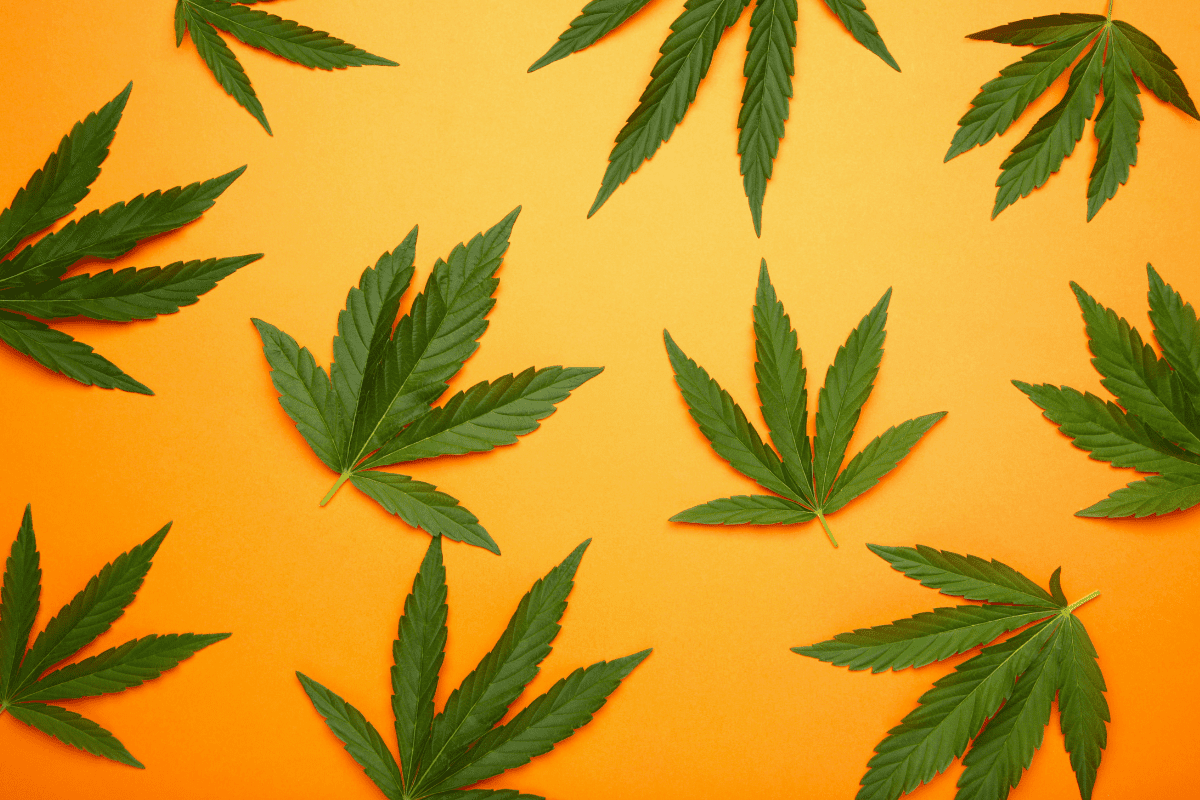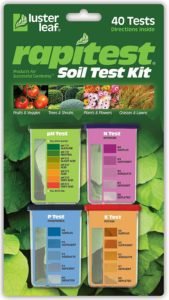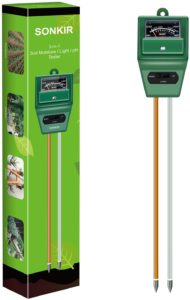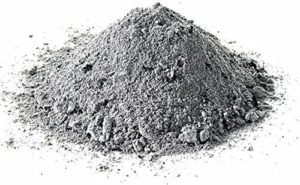Marijuana plants are called “weed” for a reason. Even if they aren’t doing great, they will grow. That said, potassium deficiency in cannabis can affect the size of your yield. You need a careful balance of nutrients for optimal growth.
Potassium deficiency makes the leaves look burnt around the edges. Poor pH soil is the main cause. Check your grow lights before treating deficiency.
There are many other issues that have similar symptoms to potassium deficiency, so you need to be careful. We highly recommend sticking to whatever nutrient feeding schedule came with the fertilizer you purchased. Adding too many other nutrients can make your plants suffer.
Potassium’s Role In Cannabis Growth
Potassium is an essential macronutrient that your plant needs large quantities of. It’s a key player in the photosynthesis process. Potassium helps the plant release the enzymes and amino acids it needs to do its thing. Chlorophyll, which gives plants their green color, is mainly made of potassium and other nutrients.
Potassium moves freely through the plant, it helps move water and carbohydrates through the plant tissue. For cannabis plants grown in the wild, potassium helps the plant survive drought periods. When working with phosphorus, potassium also promotes root growth.
But let’s be honest: we care most about what it does in the flowering stage. That’s right, potassium helps cannabis plants grow big flowers. This is why the possibility of a potassium deficiency scares a lot of growers. Marijuana plants need potassium for big, dense, buds.
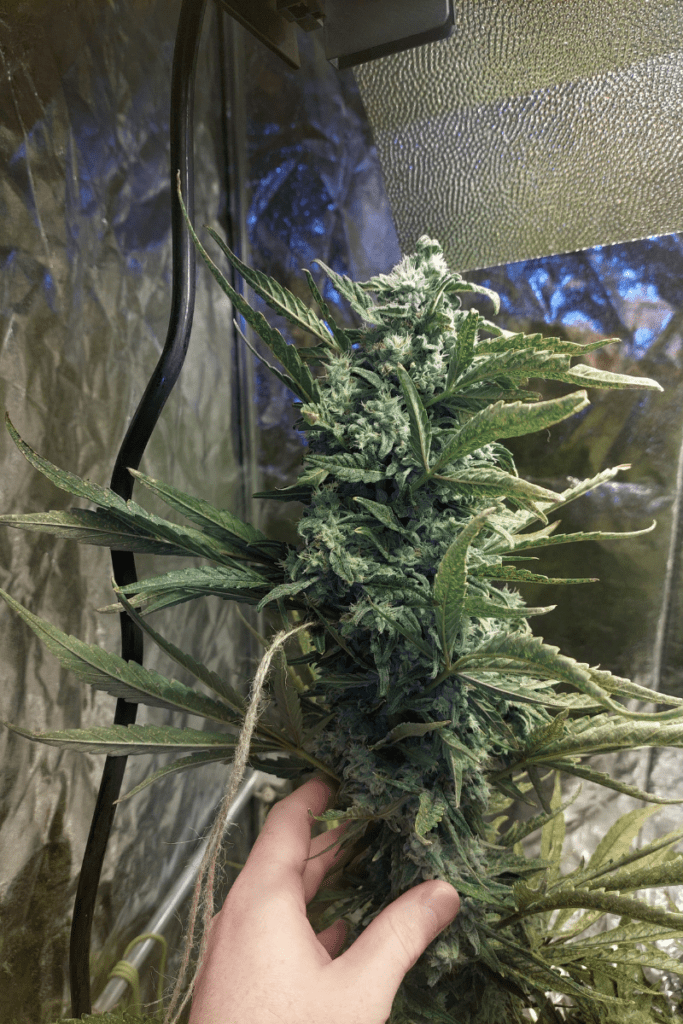
That said, it’s a common rookie mistake to overfeed your plants. Too many nutrients can actually make it hard for the plant to absorb any of them. Also, a lot of things give your plants burnt edges. When you treat for k deficiency when really it’s just too close to the HPS grow lights, you create two problems.
Factors That Can Cause Potassium Deficiency
Potassium deficiency is rarely a fertilizer issue. If you follow the instructions, a set of nutrients designed for cannabis plants should have enough potassium. You can add a bloom booster, but we do not recommend more than two additional supplements.
Most potassium deficiencies occur due to nutrient uptake issues. If your marijuana plant doesn’t have the ability to absorb potassium, it doesn’t matter how much you give it.
Your growing medium greatly affects your plant’s ability to get nutrients. Most cannabis growers use soil. If you’re using synthetic nutrients with soil, it’s not uncommon for salts in those to build up. If you suspect that’s the case, water it with pH-neutral water.
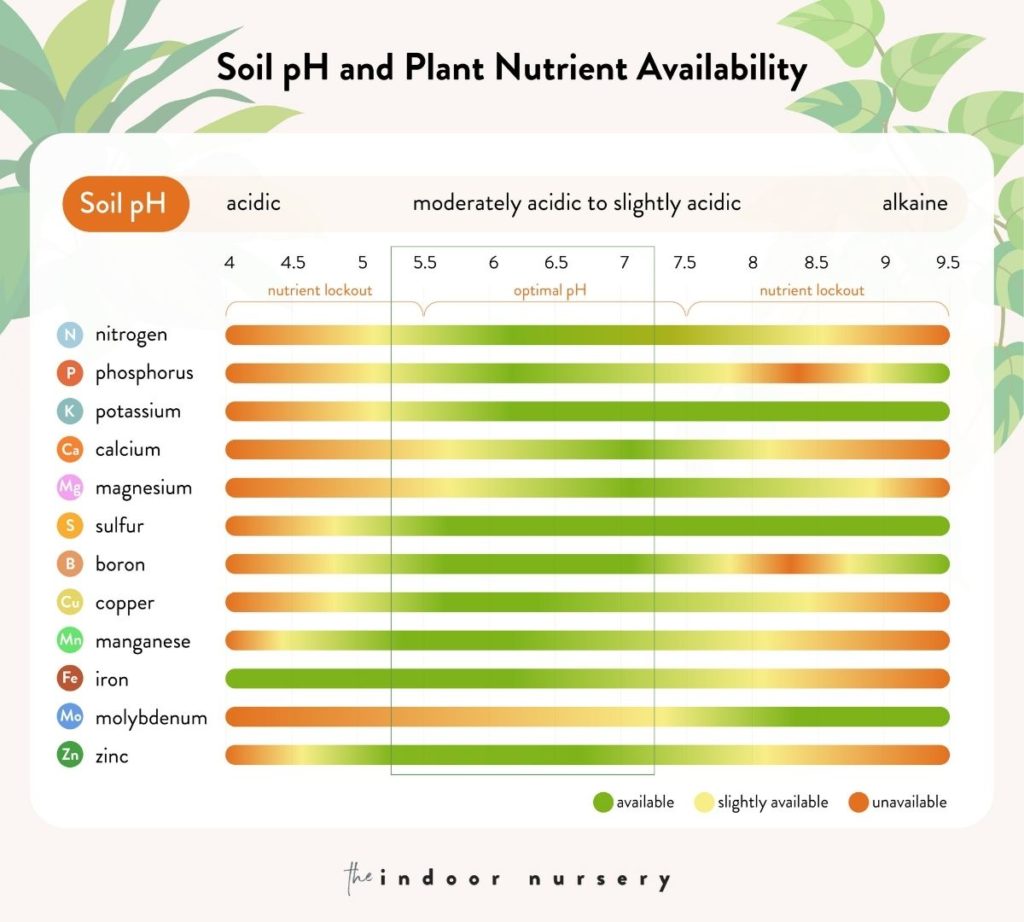
By the way, the pH of your soil is very, very important. It needs to be between 6 and 7. If you’re using a soilless grow medium like coco coir it’s a bit lower, between 5.5-6.5. Anything outside of this range can cause nutrient lockout. That’s as bad as it sounds and causes potassium deficiency.
If you need to adjust the pH of your soil, you can purchase products at your grow store to add to your water. That said, most tap water is a bit alkaline, so you can add an organic acid like lemon juice, but it’s not as precise.
Cannabis growers who use hydro systems almost never have potassium deficiencies. It is extremely rare in water-based growing.
Preventing Potassium Deficiency in Cannabis
As we just stated, hydroponics will prevent a potassium deficiency. They are more expensive than soil, but it’s super easy to test pH, and potassium deficiency is not an issue.
Keep a close eye on the pH of your soil. You’ll want to check it every couple of days. To do this, dig about 6 inches down and use a pH strip to test.
But the main thing you want to do to prevent potassium deficiency is not to overfeed your plant. A lot of nutrient retailers will try to sell you as many supplements as they can offload.
Certain nutrients interact with each other in weird ways. Did you know calcium and nitrogen limit your plant’s ability to take in potassium? This is why it’s important to read the label of all your nutrients, and not deviate too far from the instructions. More nutrients aren’t always better.
Signs of Potassium Deficiency
Doctors have a saying that goes “If you hear the clip-clop of hooves, think horses, not zebras.” That means a lot of diseases have similar symptoms. It’s important to treat common ailments before rare ones.
Potassium deficiency is a zebra condition. The typical symptom – burnt tips on fan leaves – can be caused by a lot of different things. Take a few days to check for other common plant ailments.
Potassium deficiency symptoms start in the tips of the oldest leaves. First, they turn yellow and brown. This eventually progresses until the leaves have what looks like burnt tips. The stems get weak. It will stretch, but it’s not growing.
The leaves will get brown spots and white spots. Eventually, the plant will stop being able to grow big leaves. This is when the deficiency is dangerous.
Unlike other deficiency issues the veins of the leaves remain green. Most nutrient deficiencies are localized to one part of the plant, but this one can spread.
What Else Looks Like Potassium Deficiency?
There are two big things that you want to check for before treating marijuana potassium deficiency:
- Light Burn – you have to hang your grow lights at least a foot away from your plants because they will burn your plants. Even though LEDs are significantly cooler than other grow lights, they still burn plants if they’re too close.
- Nutrient Burn – this is the opposite of k deficiency and looks very similar. Nutrient burn is like a plant’s version of getting fat. It’s getting overfed, so it stores the excess nutrients at the end of its leaves, giving it a burnt appearance.
If you see symptoms, move your plants away from the lights for a few days. This might be difficult if you’re growing in a small space, but do your best.
Treating a Potassium Deficiency
You do NOT want to start treating for potassium deficiency the moment you suspect it. You can easily create potassium excess by jumping the gum to fix potassium deficiency.
First, you want to treat lockout: that’s probably causing the deficiency. Check the pH levels of your soil. If it’s out of the proper range, fix it.
If the pH level seems fine, you’ll want to flush the plants. They probably have an excess of fertilizers. Flushing is where you take a bunch of neutral pH water and saturate your soil, wait a few minutes, and flood it again. The water draining off should look dirty.
After you do this, wait a few days before watering again. Some growers like to introduce beneficial microbes to the soil to help break down excesses.
Potassium Supplements
Ok, finally, we can talk about potassium supplements. We put this last because most of the time, deficiency in cannabis is actually caused by lockout. This is why we do not recommend using more than 2 supplements in addition to whatever fertilizer you have purchased.
That said, we’re huge fans of wood ashes as a natural source of potassium. You can purchase them or make them yourself. It is rich in both potassium and phosphorus and also has natural pesticidal properties. It’s a perfect natural late bloom fertilizer.
Conclusion
Potassium is an essential nutrient that helps cannabis plants in their metabolic processes. It’s essential for plant growth through the cannabis life cycle. It is especially crucial in the flowering stage. Potassium deficiency in cannabis can kill a plant and devastate a yield.
Its most common symptom is burnt edges around the tips of the leaves. This is an incredibly common symptom of a lot of plant ailments. When growing cannabis, you want to check for other issues before you treat nutrient deficiency.
If you’re using fertilizer made for marijuana plants, the nutritional content is probably fine. You don’t want to overdo it on the fertilizer, too much is bad for plant health.
The most common cause of cannabis potassium deficiency is the pH of the soil. Anything above or below an optimal level makes it impossible for cannabis plants to take in any kind of nutrient solution.
Also, make sure to move the cannabis plant away from the light. The symptoms look very similar. Before you try to treat deficiencies, wait for other symptoms to appear. It is much easier to add things to a plant than to take them out.
More about cannabis
- How To Treat A Magnesium Deficiency In Cannabis
- It’s Not O-K: Potassium Deficiency in Cannabis
- How to harvest cannabis (and use the entire plant)
- Male Weed Plant Stages: Don’t Ruin Your Crop
- How To Decarb Weed For Homemade Cannabis Products
- Loving the Ladies: Female Weed Plant Stages
- Patience is a Virtue: Curing Buds for Best Taste
- Understanding weed light cycles: Get the most from your harvest
- When to switch to flower nutrients for high cannabis yield
- How to make live resin at home, step-by-step

